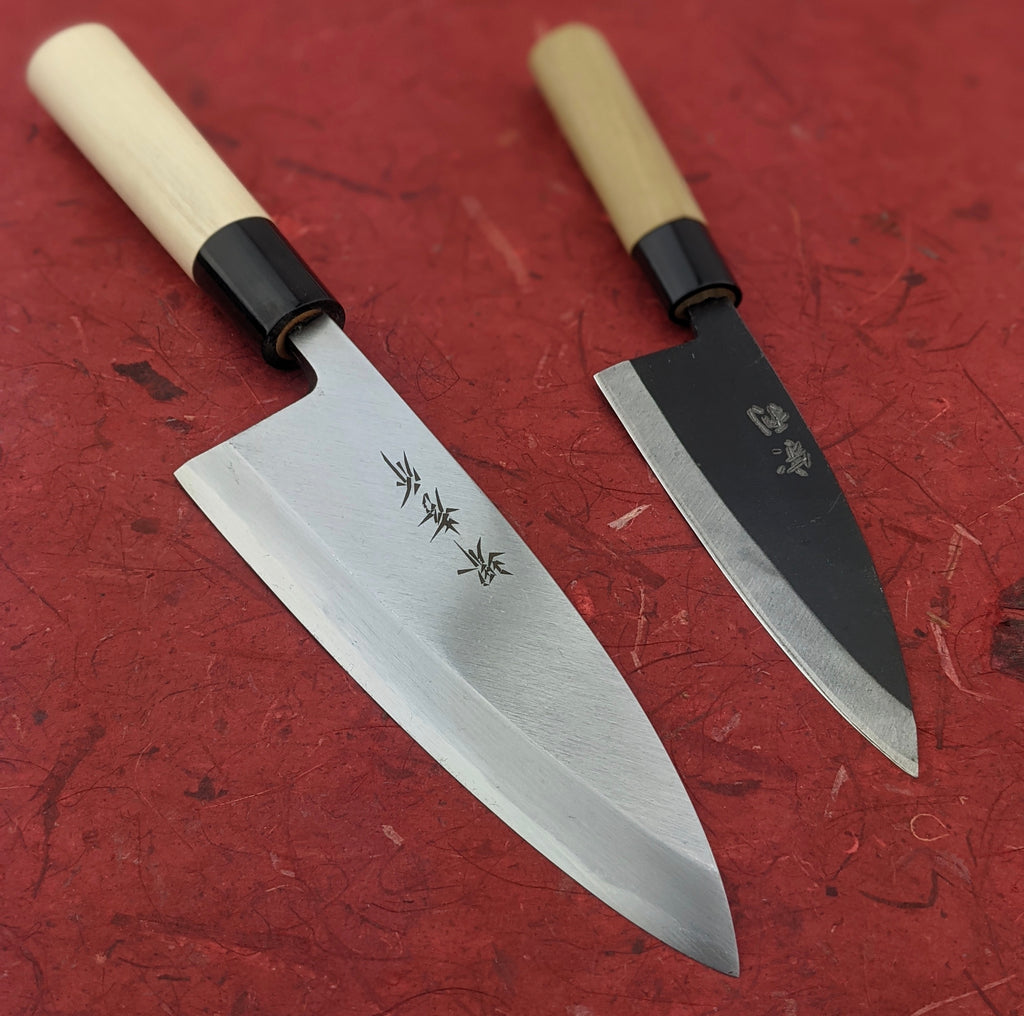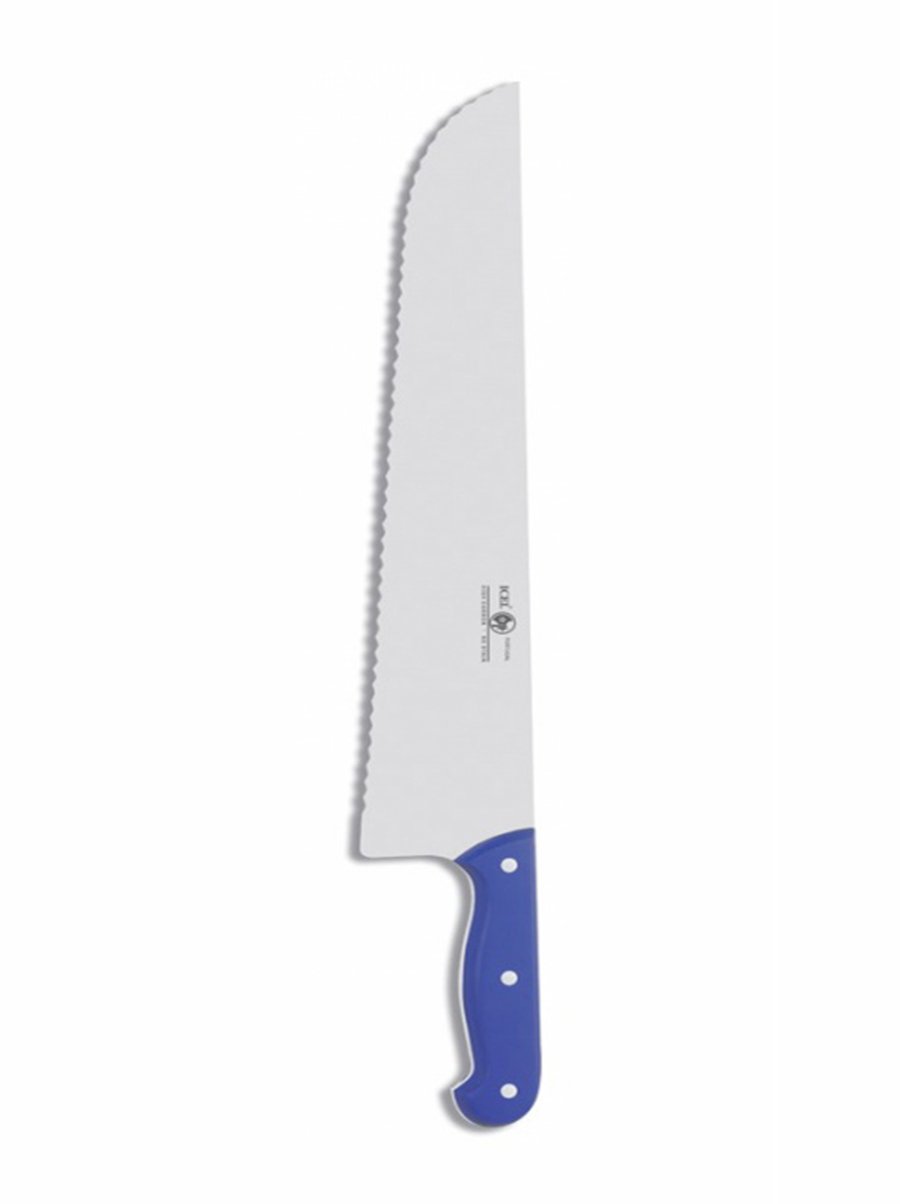Expert tips for using a fish knife like a chef
Wiki Article
The Ultimate Guide to Preserving Your Fish Knife for Longevity and Performance
Maintaining a fish knife is essential for ensuring its long life and ideal efficiency. Correct care entails a collection of steps, including cleansing, honing, and storage. Each stage adds to the knife's efficiency throughout usage. Comprehending these methods can make a substantial difference in the life expectancy of this essential tool. Nonetheless, several users neglect critical elements of upkeep that can bring about wear and tear. What are these often-forgotten steps?Choosing the Right Fish Knife for Your Needs
When choosing the perfect fish knife, what trick features should one take into consideration? The blade's flexibility is paramount, permitting precision while filleting different fish types (fish knife). A thin, narrow blade frequently improves maneuverability, making it simpler to navigate around bones and skin. The product of the blade likewise plays an important duty; stainless steel provides resilience and rust resistance, crucial for constant exposure to waterAdditionally, the take care of's design should not be overlooked. It should provide a comfy grasp, preferably featuring non-slip materials that ensure safety and security throughout usage. The knife's length is one more variable; much shorter blades can supply better control, while longer blades might be helpful for bigger fish. Weight is important; a well-balanced knife permits for expanded use without fatigue. By thoroughly thinking about these features, one can pick a fish knife that meets specific requirements for efficient fish prep work.
Proper Cleansing Techniques After Each Use
Proper cleaning techniques after each usage are essential for keeping the durability and performance of a fish knife. Immediately after filleting fish, it is crucial to rinse the knife under warm water to remove scales, sludge, and any kind of recurring fish juices. Making use of a soft sponge or towel, the customer ought to gently scrub the blade and manage, paying special attention to any gaps where particles might collect. Stay clear of using unpleasant products that could damage the blade's surface area. After cleaning, the knife should be completely dried with a tidy towel to protect against moisture-related damage. If the knife has a wooden manage, applying a food-safe mineral oil periodically can assist maintain its integrity. Saving the knife in a designated sheath or magnetic strip can further shield it from unintended damages and ensure it stays tidy and prepared for future use. Constant adherence to these cleaning methods will certainly enhance the knife's life expectancy and effectiveness.Sharpening Your Fish Knife: Devices and Approaches
Honing a fish knife is a crucial process that boosts its performance and makes certain clean cuts while filleting. To achieve optimal intensity, a number of tools can be utilized. A whetstone is taken into consideration among the most efficient techniques, enabling precise control over the sharpening angle. Customers must wet the stone and keep a regular 20-degree angle while sliding the blade throughout its surface area.A developing pole can be used for routine upkeep, realigning the blade's edge without removing product. For benefit, electrical sharpeners offer a quick remedy, though they might not give the exact same degree of skill as hand-operated approaches.
Regardless of the selected approach, it is important to completed with a leather strop to brighten the edge, making certain a sharp surface. Routine honing not just extends the life of the fish knife yet likewise enhances the total effectiveness of the filleting procedure.
Saving Your Fish Knife for Ideal Protection
After honing a fish knife, focus needs to turn to its storage to preserve the blade's honesty and performance. Correct storage is important for stopping damage, dulling, and rust. Ideally, a fish knife ought to be saved in a protective sheath or knife roll, which shields the blade from call with other tools and ecological aspects (fish knife). Magnetic strips can additionally work, permitting easily accessible and secure storage while keeping the blade protected
Regular Maintenance Routines to Follow
A constant maintenance routine is important for protecting the capability and look of a fish knife. Routine cleaning after each usage is important; washing the blade with cozy water and mild soap gets rid of any residue. It is advisable to dry out the knife completely to stop corrosion. Regularly, a light application of food-safe mineral oil can help safeguard the blade and maintain its shine.
Finally, keeping the fish knife in a safety situation or sheath protects against accidental damage and keeps it prepared for use. Complying with these upkeep regimens will considerably enhance the long life and effectiveness of the fish knife.
Often Asked Inquiries
Can I Use My Fish Knife for Other Kinds Of Fish?
Yes, a fish knife can be utilized for other kinds of fish. The effectiveness might differ depending on the knife's layout and the particular fish being processed, affecting efficiency and precision during preparation.What Products Are Finest for a Fish Knife Blade?
Stainless steel and high-carbon steel are taken into consideration the very best products for a fish knife blade. Stainless steel uses deterioration resistance, while high-carbon steel supplies superior intensity and edge retention, necessary for reliable fish preparation.Exactly how Frequently Should I Change My Fish Knife?
A fish knife need to normally be changed every three to five years, depending on use and upkeep. Routine examination for indicators of wear or damage can also aid establish the correct time for replacement.Exist Details Brand Names Recognized for Top Quality Fish Blades?
Particular brands, like Wüsthof, Victorinox, and Rapala, are renowned for producing high-quality fish knives. These brand names are acknowledged for their longevity, intensity, and ergonomic designs, making them favored selections among fishing fanatics and experts alike.Can Temperature Impact My Fish Knife's Efficiency?
Temperature can considerably influence a fish knife's performance. Severe warm might trigger blade products to warp, while chilly conditions can lead to brittleness. Keeping an optimal temperature is important for preserving the knife's capability and resilience.The knife's size is an additional aspect; shorter blades can provide much better control, while longer blades may be beneficial for larger fish. Promptly after filleting fish, it is crucial to rinse the knife under warm water to remove scales, slime, and any type of recurring fish juices. After developing a fish knife, interest has to turn to its storage space to keep the blade's stability and efficiency. Ideally, a fish knife should be kept in a safety sheath or knife roll, which guards the blade from call with environmental variables and other utensils. Yes, a fish knife can be made use of for various other types of fish.
Report this wiki page